Affiliate links on Android Authority may earn us a commission. Learn more.
USB-C headphones are not a solution to the missing headphone jack
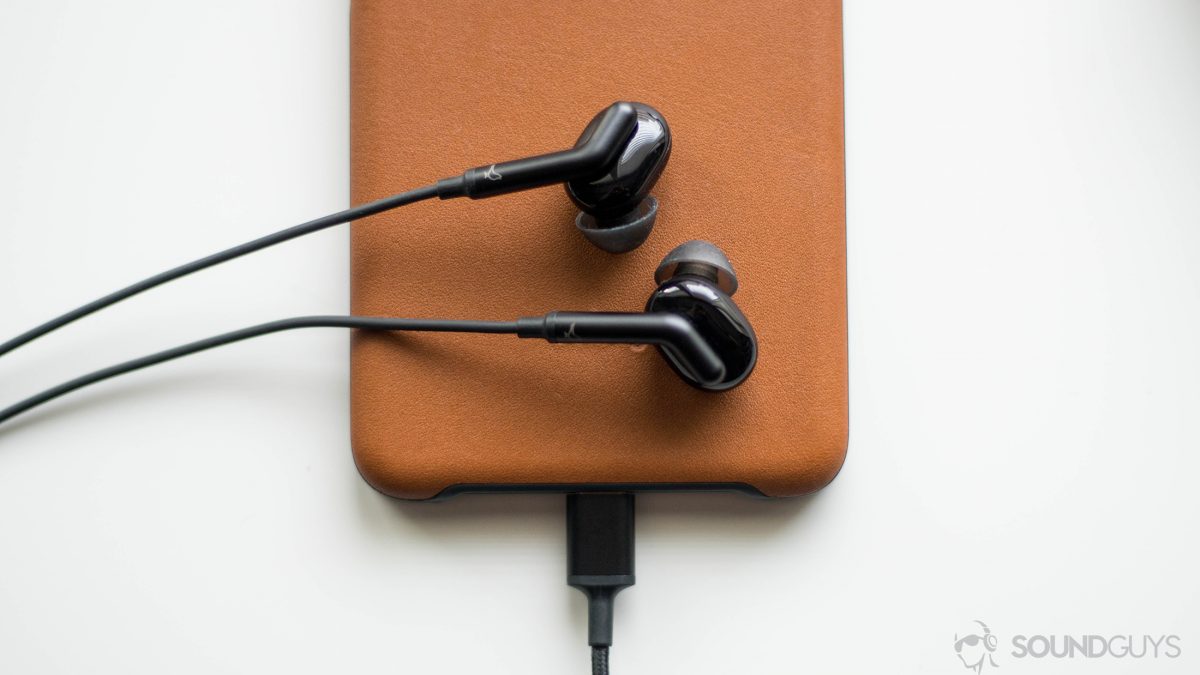
In theory, USB-C headphones solve the case of the missing headphone jack, but in reality, it’s a small band-aid lackadaisically placed over a gaping wound. It’s been just over a year since the dying headphone jack trend began; thus, it’s been a year since USB audio became relevant. In that year, though, we’ve seen little improvement and plenty of headache-inducing compatibility issues. Maybe 2019 will be the year that USB-C earbuds truly replace 3.5mm ones.
To get a more comprehensive understanding of the inner-workings of USB-C headphones, be sure to read the in-depth article on our sister site SoundGuys.
In brief: USB-C headphones
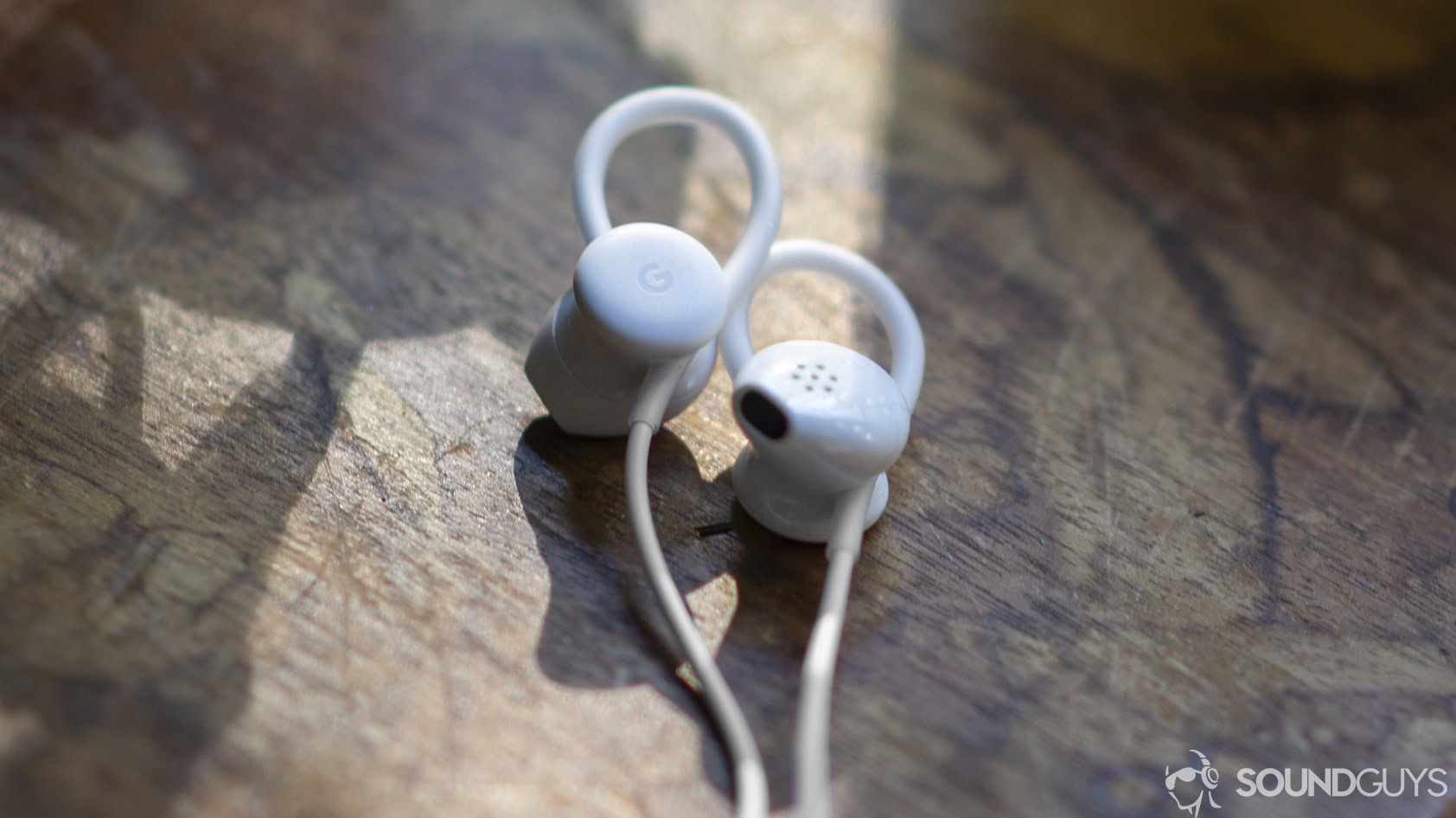
USB-C earbuds and headphones rose in popularity when Google announced its Pixel 2 and Pixel 2 XL would abandon the headphone jack. The company’s grand solution for those clinging to wired audio: a dongle. Which is now so infamous it merited its own hashtag.
Alas, before diving into what could easily become a diatribe, there are a few things we should understand about USB-C audio.
- USB-C earbuds extend the amount of time an audio signal remains digital prior to being converted into an analog signal.
- A pair of USB-C headphones uses its own DAC and amp, which allows for the bypassing of a smartphone’s internal components. This should result in less audio interference.
- By assigning headphones a USB-C Audio Class, they can be recognized by a smartphone, which should then know what functions can and can’t be performed.
- USB-C headphones come in active or passive variants and because Audio Accessory Mode isn’t yet universally supported, listeners run into endless compatibility and recognition issues.
If the headphone jack becomes a luxury feature, then plebeian USB-C audio must be reliable
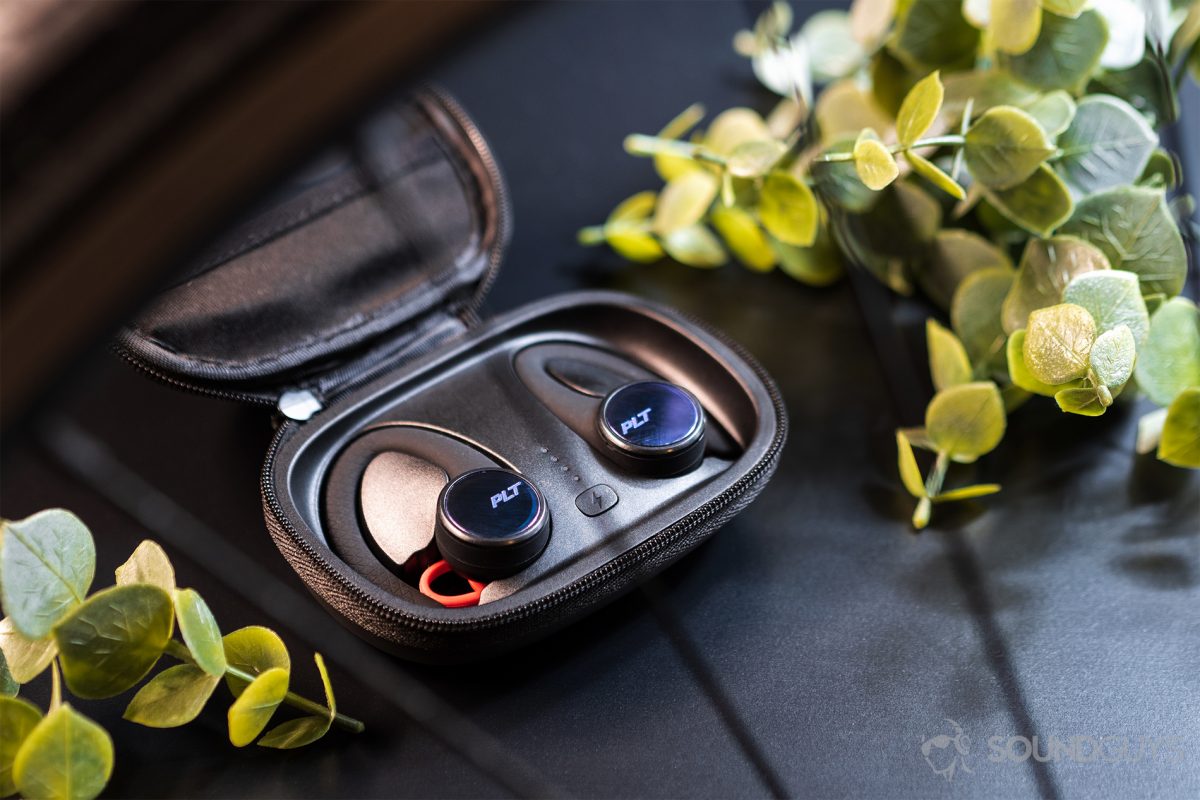
Seeing as manufacturers have the gall to expel the headphone jack from smartphone existence, they should expand their purviews to USB-C audio. Yes, a few OEMs released proprietary wireless earbuds like the Google Pixel Buds and the Apple AirPods, but Bluetooth audio can’t compete with wired audio quality.
Before citing the Google Pixel USB earbuds as a functional option, SoundGuys Executive Editor Chris Thomas will plainly tell you it isn’t. Quite the contrary, in fact: the buds fall out and sound worse than similarly-priced models . The only redeeming quality is that the earbuds are included with the Pixel 3 and Pixel 3XL.
It isn’t just sound quality and comfort that disappoint when using USB-C headphones. No, that would be far too easy to forgive. Rather, it’s the insulting lack of universal compatibility that’s a wanton slap in the face.
“I have yet to find a set of USB-C headphones that aren’t frustrating as hell in some way or another.” — Chris Thomas
The most salient example of this pertains to the AIAIAI Pipe 2.0, which went only partially recognized by my LG G6 during the review. To clarify, media audio is transmitted but when taking a call: the phone’s microphone overrides that of the Pipe 2.0. Further investigation — reaching for the notification shade — revealed that the earbuds are officially recognized as a power supply despite the fact that they’re, well, earbuds.
This point, however, isn’t made to throw AIAIAI under the bus. After all, its TMA-2 MFG4 are some of the best USB-C headphones available. Instead, this anecdote illustrates the unavoidable compatibility issues tormenting USB-C headphone users.
2019 looks promising
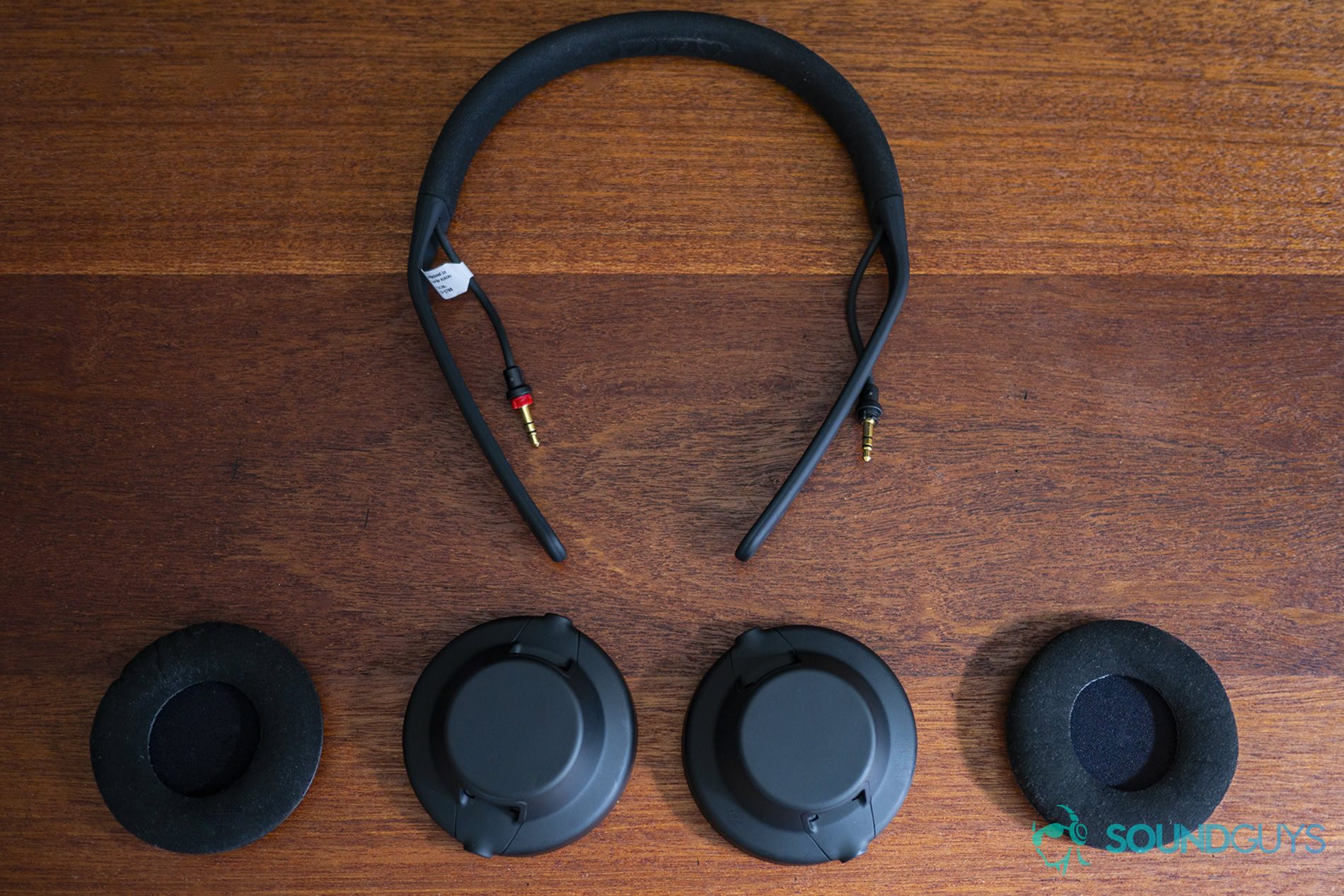
As we round the corner in what looks to be another fast-paced year in tech, we’re anxiously awaiting an improvement in USB-C headphones. Recently, OnePlus and Razer — two esteemed OEMs — threw their hats into the USB-C audio ring with the Type-C Bullets and Hammerhead USB-C ANC, respectively.
Additionally, Google Trends reveals searches for “USB-C headphones” rose steadily over 2018. As it stands, we’re looking at a sparse spread of viable USB-C headphones. If anything, growing consumer interest should cause other companies to try their hands at USB-C audio, which is desperately needed. Besides, it’s not going to take much to dominate this dilapidated market.
In theory, USB-C earbuds should provide excellent audio quality since they avoid excess smartphone frequency interference.
Personally, I have high hopes for OnePlus’ Type-C Bullets as its Bullets Wireless earbuds are so popular they seem out-of-stock more often than in-stock. Perhaps seeing OnePlus’ success will galvanize other companies like Samsung or LG to develop their own USB-C earbuds. What’s more, we should call on more niche audio brands like Master & Dynamic or Audio-Technica should give it a go. Best case scenario a company holds a temporary monopoly over the USB-C domain. Worst case scenario, development remains stagnant.
Solid alternatives to USB-C headphones
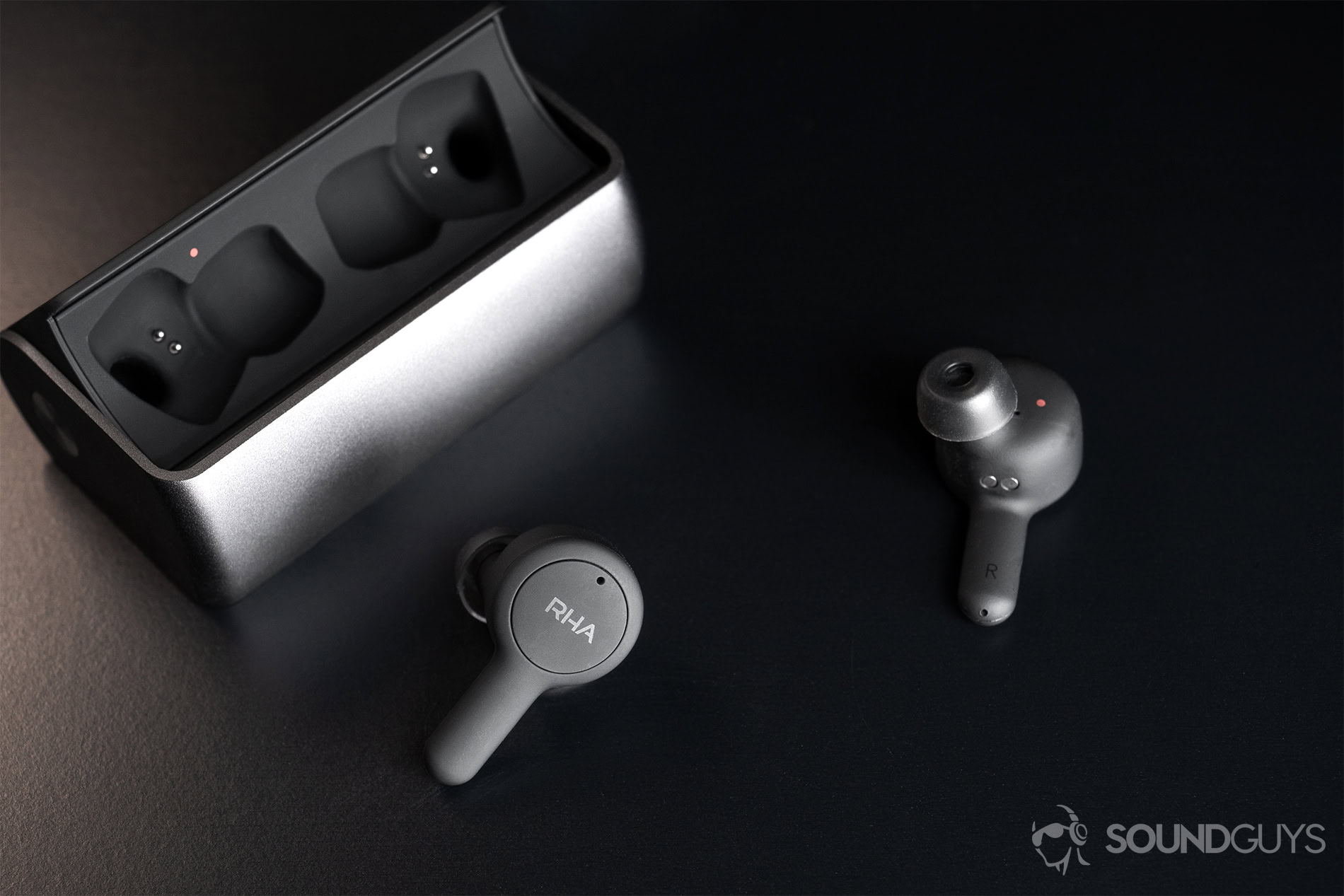
As I continue to sing my solemn USB-C audio dirge, there is hope: if you don’t want to wait for companies to produce excellent USB-C headphones, there are plenty of exemplary wireless options.
Listeners looking to quiet their surroundings may enjoy Poly BackBeat Go 410, a pair of noise cancelling earbuds that operate via Bluetooth 5.0 and are priced fairly given their feature set. If, however, you want to cut the cord completely while achieving the same silence, the Sony WF-SP700N, is a top-notch true wireless option from the same company that makes the respected WH-1000XM3.
What’s more, there are plenty of AirPods alternatives out there and the RHA TrueConnect is one of the best by providing a cogent seal, modern design, and comprehensive onboard controls. If you’re on a budget but still pining after true wireless earbuds, then the Anker Soundcore Liberty Air deserves some attention. These water-resistant earbuds are great for exercising and provide 4.82 hours of playback time before requiring a recharge, which is remarkable by true wireless standards.
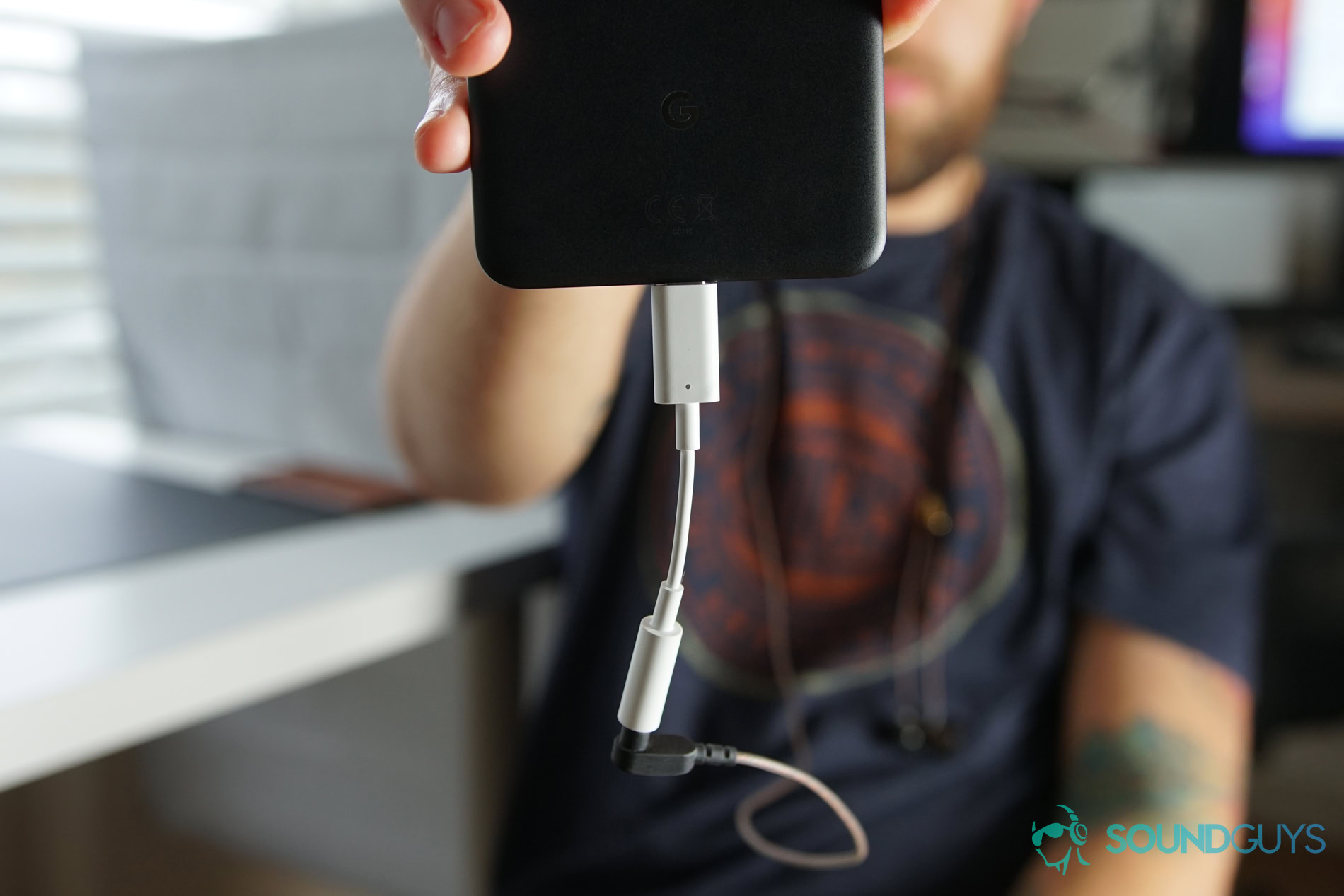
As cathartic as it is to bemoan the state of USB-C headphones, I look forward to what 2019 brings to the table. We deserve better than shoddy alternatives to wired earbuds and shouldn’t settle for a life of wireless listening, because a dongle isn’t a long-term solution. If we’re having the rug pulled out from under us, companies should at least have the decency to replace it with passable laminate.
You may like the Best of Android 2018: the best audio